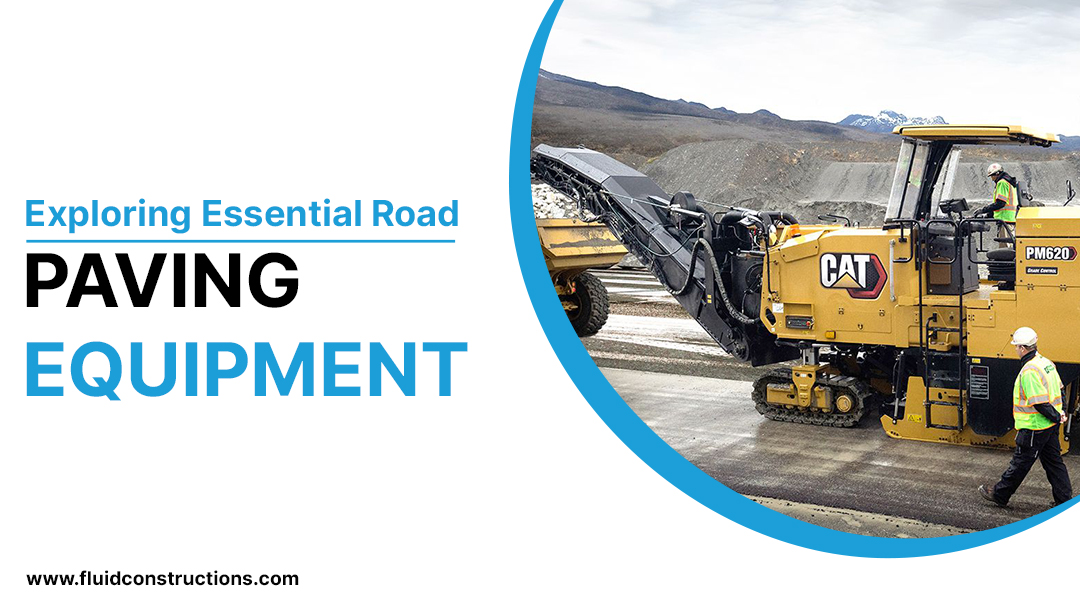
Exploring Essential Road Paving Equipment
Strong and stable roads and highways are central to the infrastructure and economy, for they create connectivity and supply chains. Advanced knowledge and the use of road paving equipment are vital for building durable roads for different geographical areas and climatic conditions.
The road paving process has multiple stages that require different types of paving equipment, depending on whether the material is asphalt or concrete, a new road, or the rehabilitation of an existing road. Let’s take a closer look at the commonly used road paving equipment.
Asphalt Paving Equipment
Motor Graders
Motor graders are used to remove and level the terrain in order to provide a sufficient foundation for the roadbed during road construction. They cut through hard soil and remove obstructions like rocks and garbage to make the site ready for the next layer of pavement.
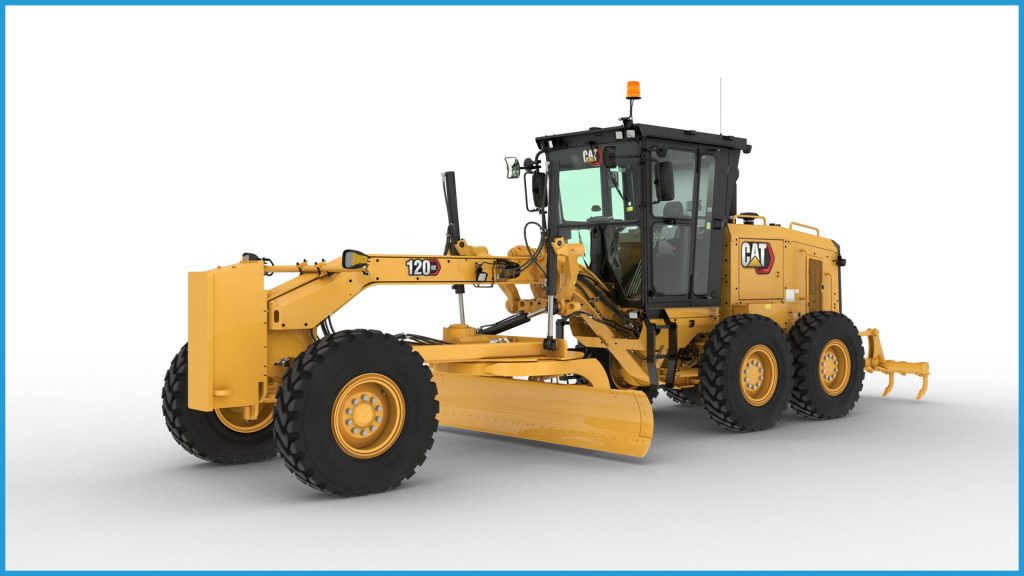
An adjustable blade used for cutting, grading, and levelling ground is usually positioned between the front and rear wheels of a motor grader or road grader. A motor grader’s blade can be either of two types: a moldboard blade or a snow plow blade. The snow plow blade is used to remove snow in areas with severe winter weather, while the moldboard blade is the common variety used for grading and levelling surfaces.
Asphalt Pavers
Motor graders are used to remove and level the terrain in order to provide a sufficient foundation for the roadbed during road construction. They cut through hard soil and remove obstructions like rocks and garbage to make the site ready for the next layer of pavement.
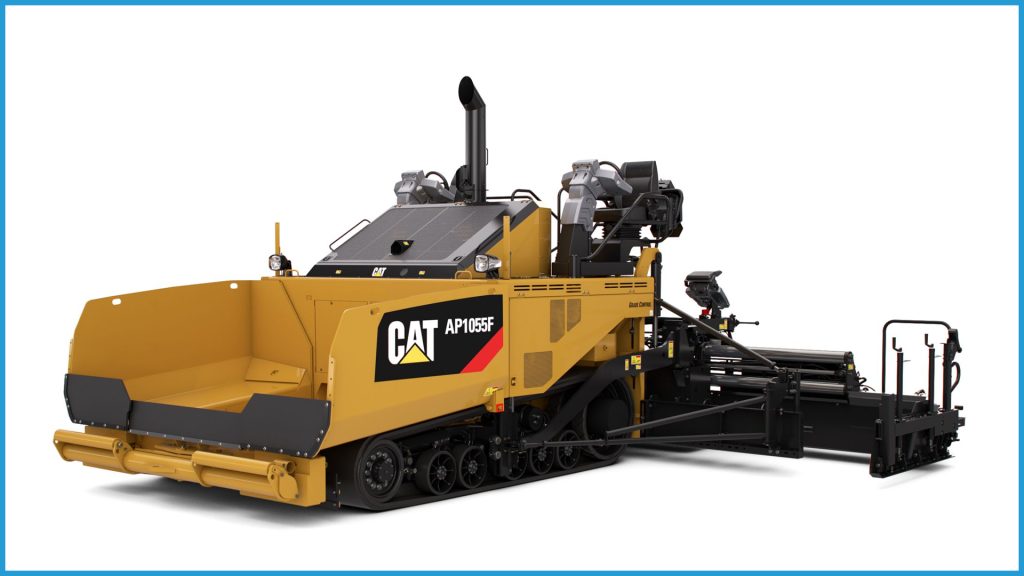
The purpose of an asphalt paver sometimes referred to as a road paver finisher, asphalt finisher, or road paving machine, is to apply asphalt concrete to the surface of parking lots, roadways, bridges, and other locations. Additionally, it can perform little compaction prior to a roller commencing operation. A dump truck loads the asphalt into the paver’s hopper to begin the paving process. The asphalt is then distributed to a hot screed by the dispersion auger after being delivered by the conveyor.
The road’s originally compact surface is created by the screed spreading and flattening the asphalt. Additionally, a roller will be utilised for additional compaction following the fundamental compaction.
Compactors
Road construction sites require firm ground to work on. The dirt must be crushed so that there are no air pockets underground to interrupt the operation. The many compactor kinds and sizes let you select the best instrument for both large and small chores.
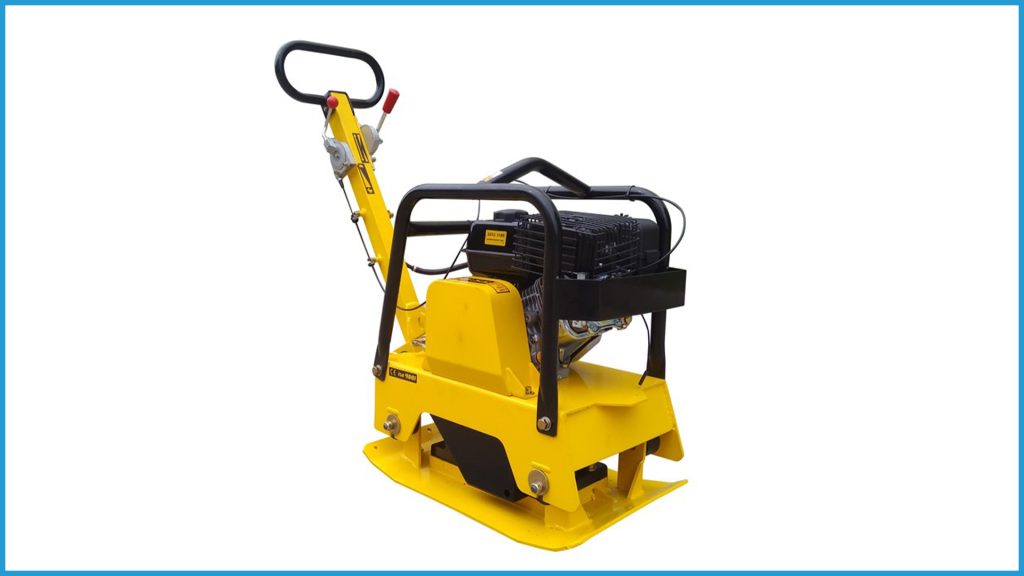
Plate compactors are one of the most frequent forms. A plate compactor employs a huge steel plate to remove air pockets from diverse ground materials, resulting in tighter compaction. They flatten rough and uneven dirt, sand, cement, gravel, asphalt, and similar materials to create a level slope.
Forklifts
A forklift is a very useful piece of equipment with a power-operated forked platform attached to the rear that can be lifted and lowered for insertion under a load to lift or transport it. Forklifts serve a variety of businesses, including warehouses and huge storage facilities.
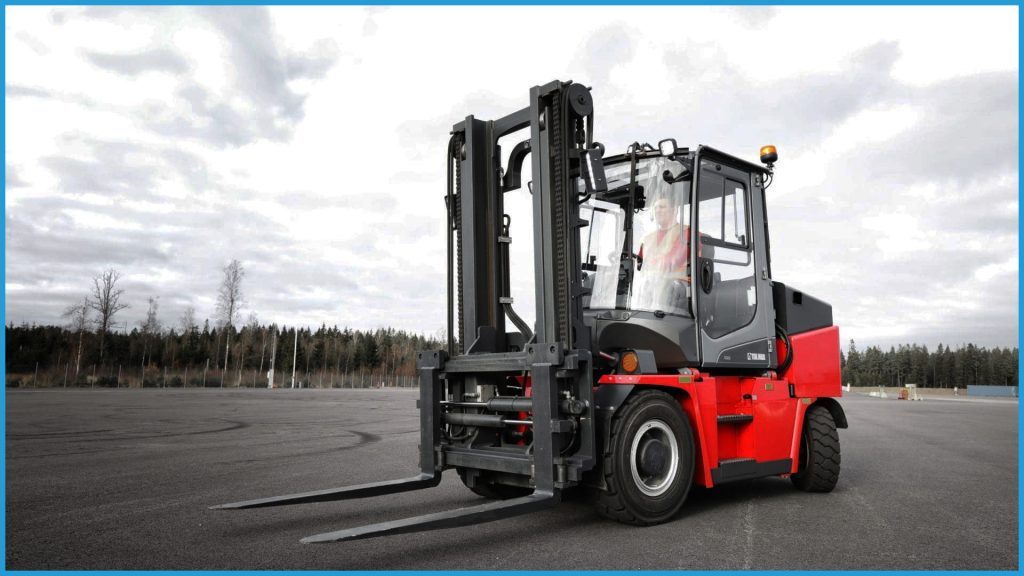
Forklifts are powered by either electric batteries or combustion engines. Some forklifts allow workers to sit while driving and controlling the machine, but others require them to stand. It is widely used in business for carrying materials and products.
Excavators
Excavators are some of the most well-known heavy construction machines. Excavators are used on construction sites because they are versatile, huge machines that can be used for a variety of tasks. It is mostly used for digging or excavating rocks and earth and loading them onto dumper trucks.
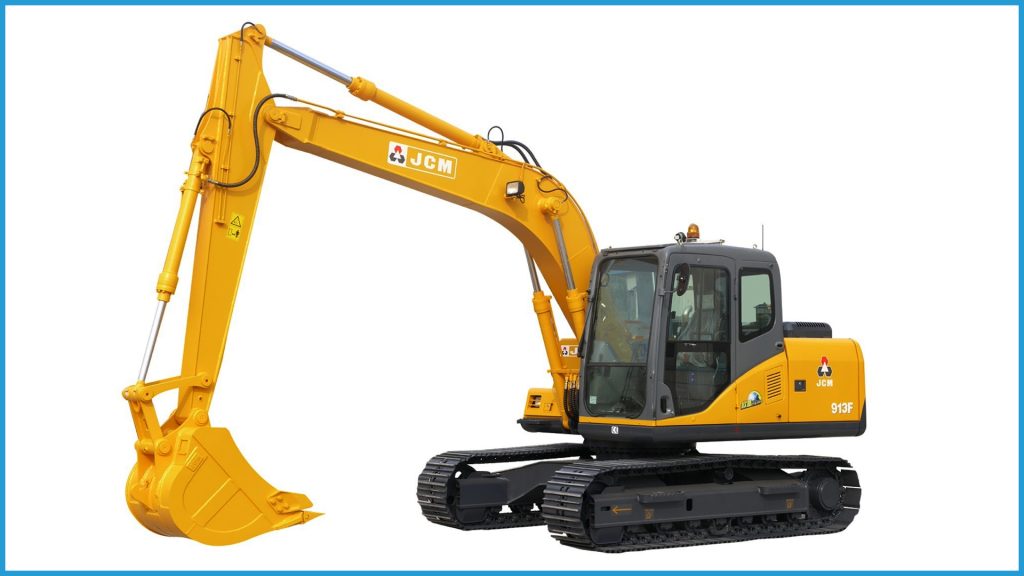
An excavator includes a cabin, a long arm, and a bucket. The bucket can be used to excavate, carry, demolish, clear bush, and dredge the river. Excavators can also be used in the forestry business with particular attachments. Excavators are classified into three varieties based on their size: tiny excavators, medium excavators, and big excavators.
Drum Rollers
A road roller will be necessary if surface preparation is necessary for your projects. In essence, a road roller, also known as a compaction roller, is a very heavy wheel that is used to compact and level ground, soil, asphalt, or any other type of base material or foundation.
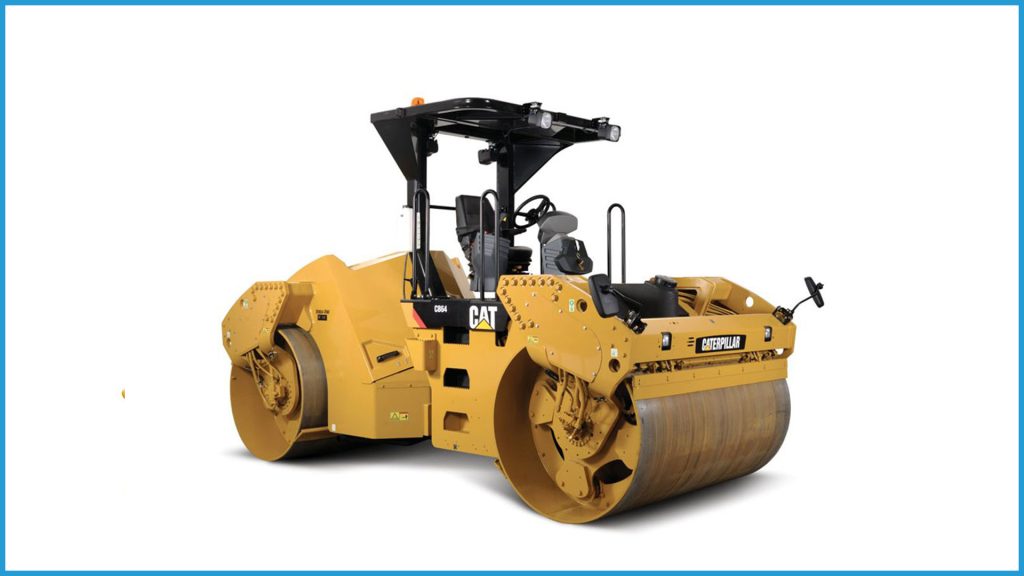
To prepare uneven surfaces for paving, road rollers, with their enormous weight, are utilised to rapidly and effectively level the surface. They are made of sturdy drums that are used to roll over and crush loose materials like dirt.
Both the one-drum and two-drum versions of these machines have advantages and disadvantages of their own.
Road rollers come in several varieties, such as single and double drum models. Vibrating rollers and Padfoot are also available.
Concrete Paving Equipment
The following are some of the commonly used concrete paving equipment:
Concrete Batching Plant
This apparatus, sometimes referred to as a concrete plant, blends several ingredients to create concrete. These materials consist of fly ash, cement, sand, aggregate, and slag, among other things.
There are different kinds of concrete batching plants:
- Dry mix concrete plants
- Portable concrete plants
- Stationary concrete plants
- Wet mix concrete plants
Mobile plants are usually used in road projects with minimal concrete requirements.
Concrete Pump
Liquid concrete is moved from the manufacturing area to the casting area using a concrete pump. One piston draws concrete from the source, while another pushes it into the discharge pipe. This is how it operates.
Concrete pumps come in two varieties: line and boom. Small-scale construction projects are usually the domain of line-concrete pumps. The term comes from the line pump that is mounted on the rear of a truck. Boom concrete pumps are used in large building projects because of their ability to pump at various heights and lengths. This makes it perfect for creating bridges and multistory structures.
Concrete Mixer
This apparatus creates concrete by combining cement, aggregates, and water, as the name says. A concrete mixer is typically a single machine, although it may perform the same duties as a batching plant. Conversely, batching plants are part of an entire production line.
A concrete mixer can manufacture concrete continuously or in batches, depending on the kind. For minor projects where there isn’t a constant need for concrete, batch concrete mixers are perfect. While large-scale projects like highways, bridges, dams, etc. usually use continuous mixers.
Concrete Vibrator
It’s unavoidable for small bubbles to form when concrete is poured. But when left to dry, these bubbles create holes within the concrete and affect its integrity. This is why concrete vibrators are important.
By shaking the newly poured concrete, a vibrator forces the air bubbles out. This creates a more compact and stable slab.
Most construction projects use internal vibrators as they are usually cheaper and offer more flexibility. But for vertical constructions like walls, an external vibrator is more suitable.
Concrete Conveyor
Concrete conveyors, as their name implies, are a particular kind of conveyor belt that can move concrete vertically or horizontally (although only for short distances). Conveyors of this kind are typically less expensive and can eliminate the need for cranes and other heavy machinery.
Due to their enormous laying capacity, concrete conveyors are perfect for big projects like power stations and dams. Because they only need a small number of workers to run, they also enable businesses to reduce labour costs.
